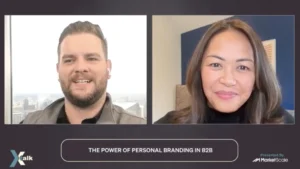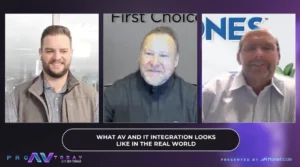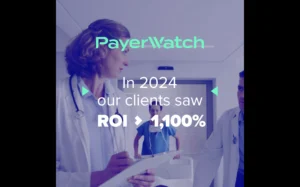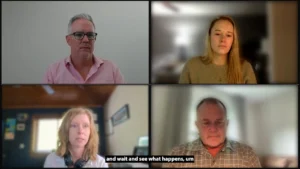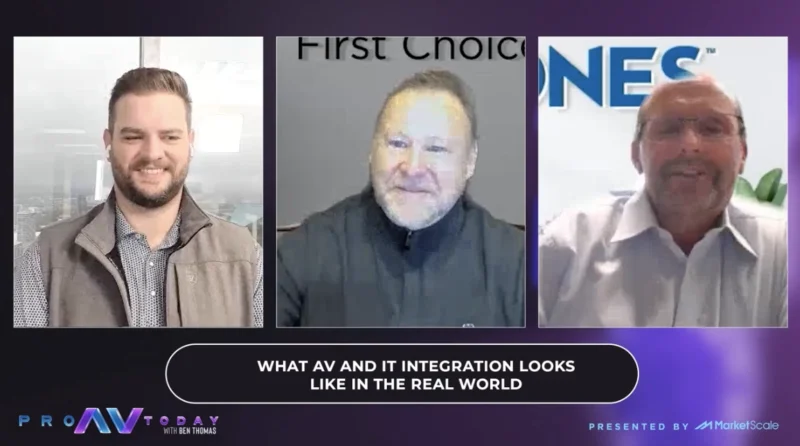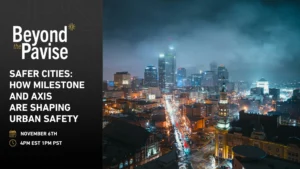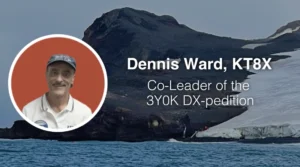Using Technology and Design To Make Museums More Immersive
No longer are museums about gawking at static displays of what life used to be or reading one person’s interpretation of a work of art.
The museum experience is changing thanks to technology. Convincing curators or museum funders to install advanced devices, on the other hand, can still take time, said David Whitemyer, Director of Business Development for Luci Creative.
Luckily, he and his team now have architecture and design tools that allow them to envision what their spaces will look like in a matter of seconds upon seeing a diagram or flyover.
“From a client’s perspective, they want to see what things are going to look like in an almost photo-realistic way very, very early in the process, and what technology has allowed us to do is, essentially in the concept design phase of a project, create very realistic images of what spaces will look like,” Whitemyer said. “That is invaluable in helping to get buy-in from clients and pushing their projects forward.”
With both Luci and Mad often working with museums, there are many areas in which video technology can come in handy. Tricia Rodriguez, Mad Systems’ Director of Marketing, noted that many may be in historic buildings, meaning physical overhauls are out of the question. But changing things like lighting or utilizing screens can provide a more immersive experience without touching the building’s structure.
One of those tools is Mad’s QuickSilver®️ product, which uses facial recognition technology to display different content to different types of groups, such as having one message for children and another for adults.
“It will be wonderful if we could get every family member interested in museums, because they have so much to offer; however, we also need to give them a personal experience, because they’re expecting that today,” Rodriguez said. “Especially our young museum-goers – they want to be enlightened. They want new technologies. They want to be able to understand the technology at their level – the graphic panel is something they don’t take time to read any more. They need to be engaged.”
Whitemyer can be reached at david@lucicreative.com.
Follow us on social media for the latest updates in B2B!
Twitter – @MarketScale
Facebook – facebook.com/marketscale
LinkedIn – linkedin.com/company/marketscale


